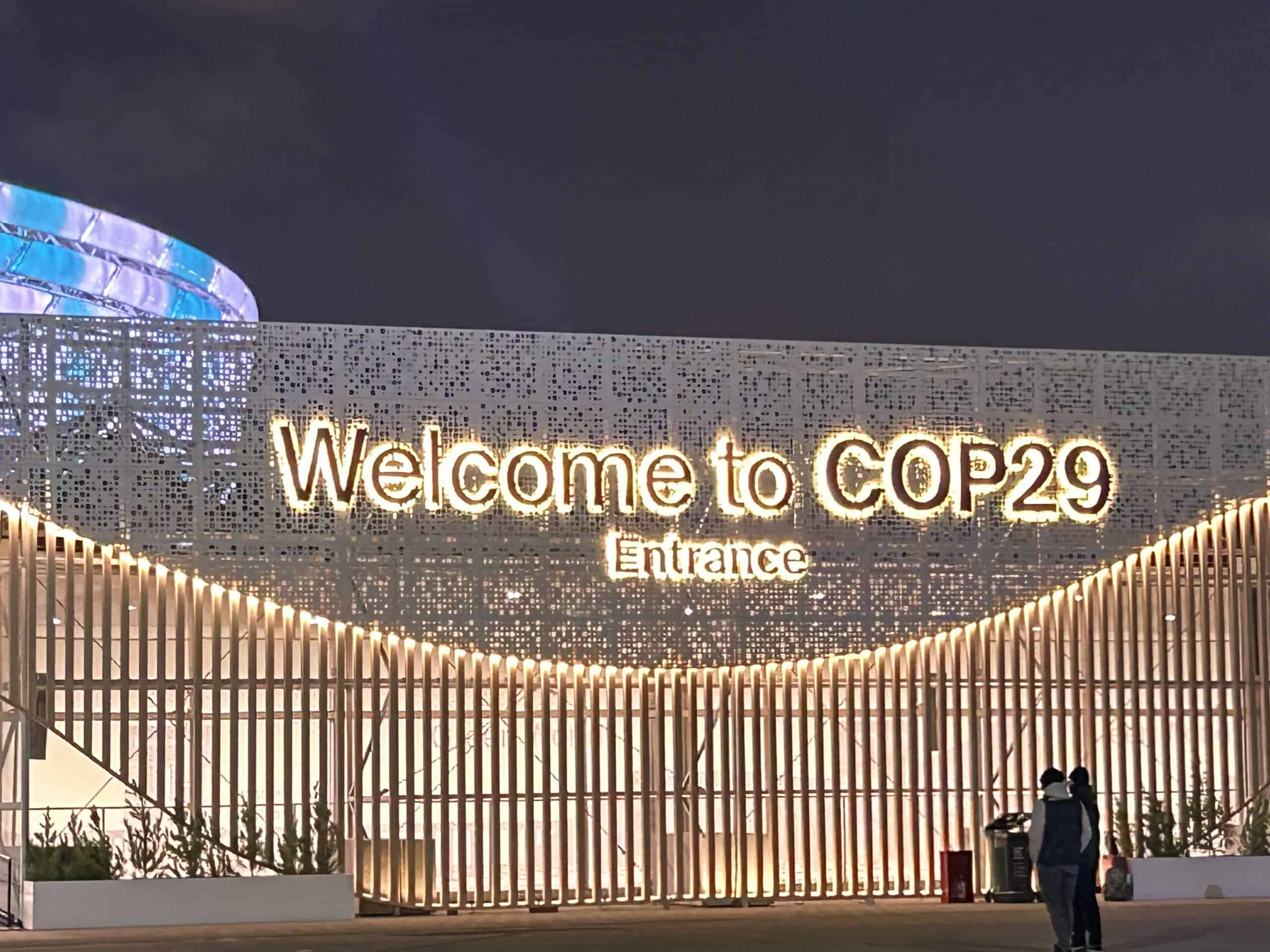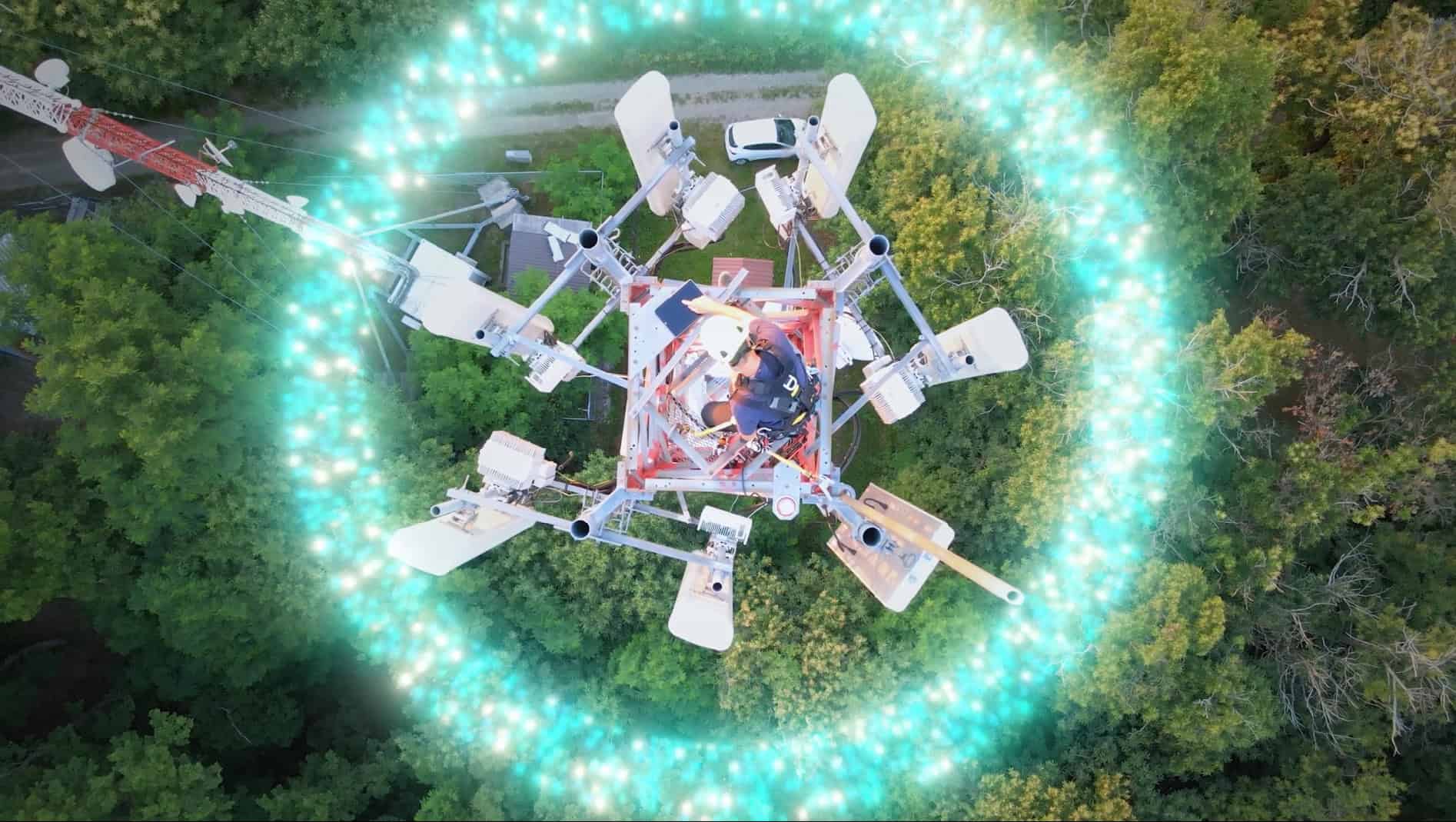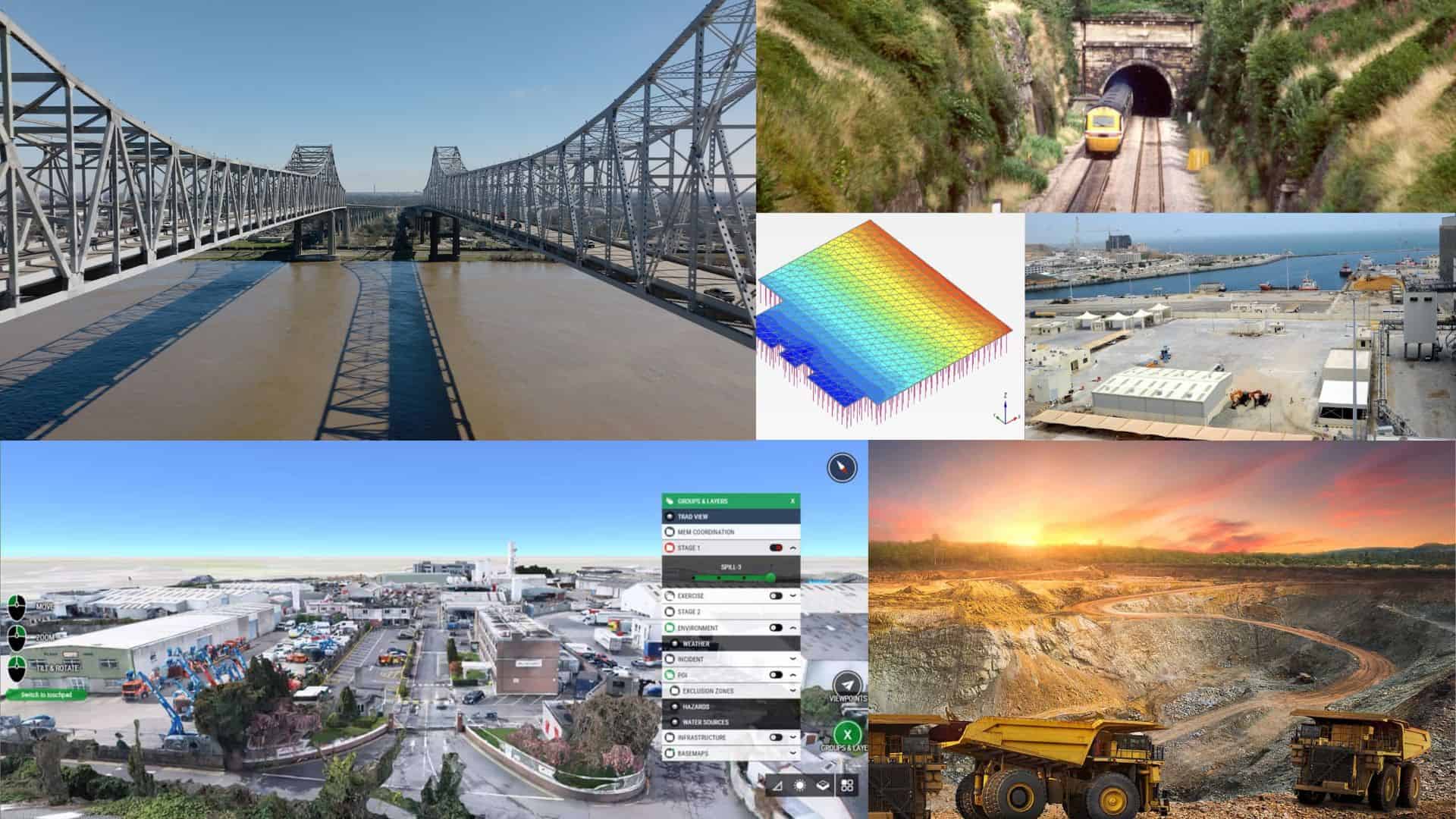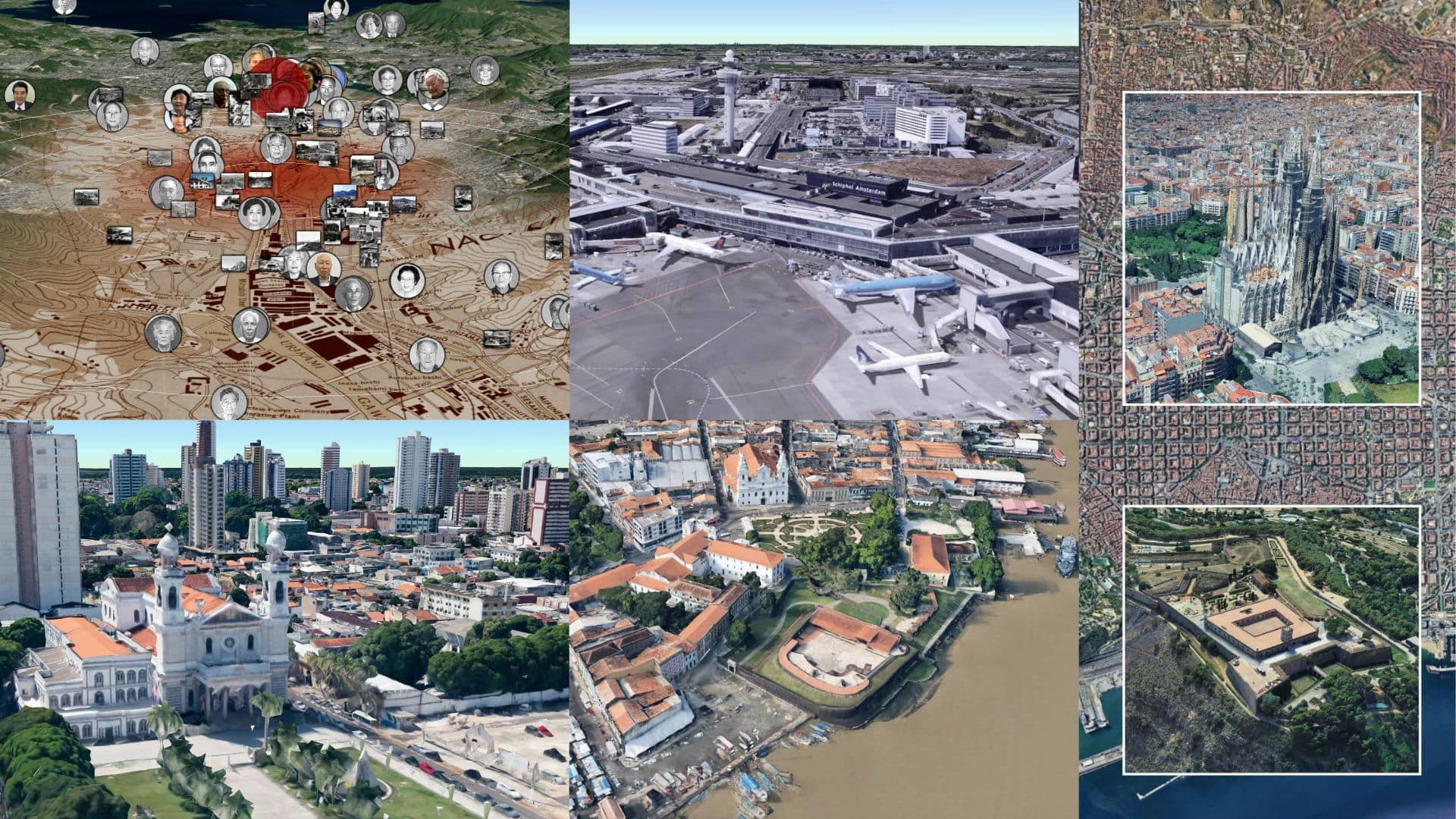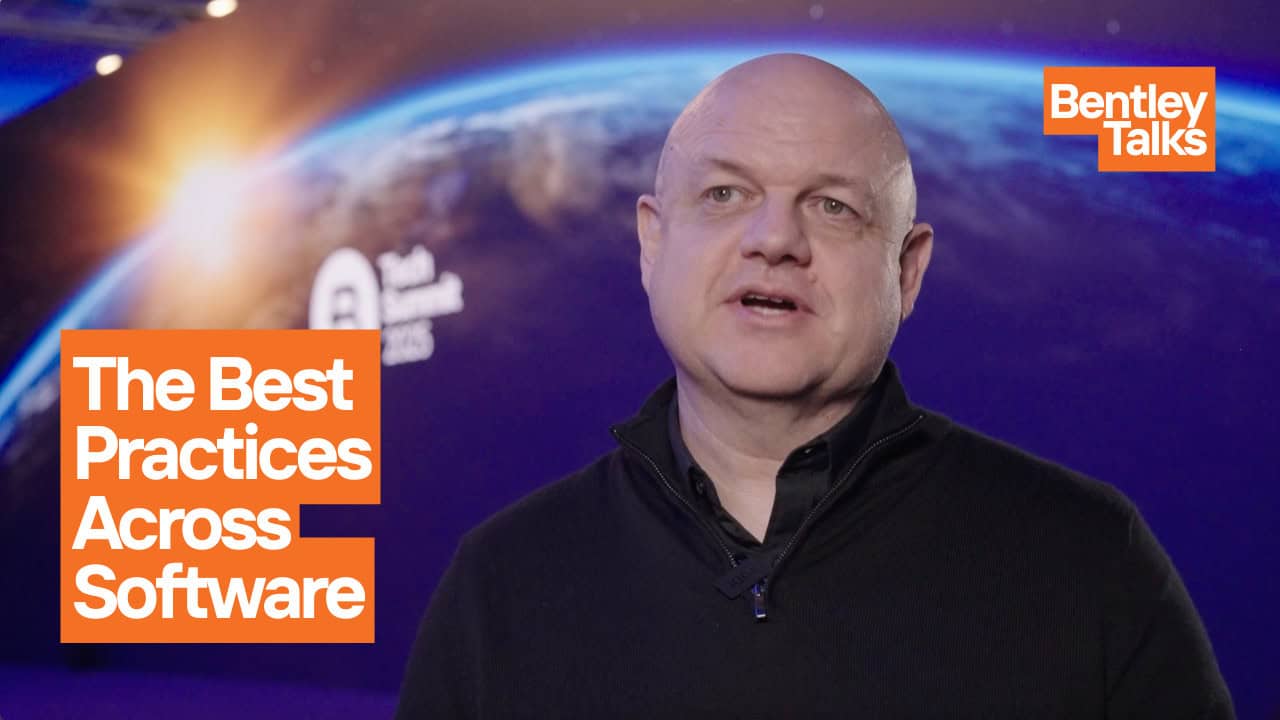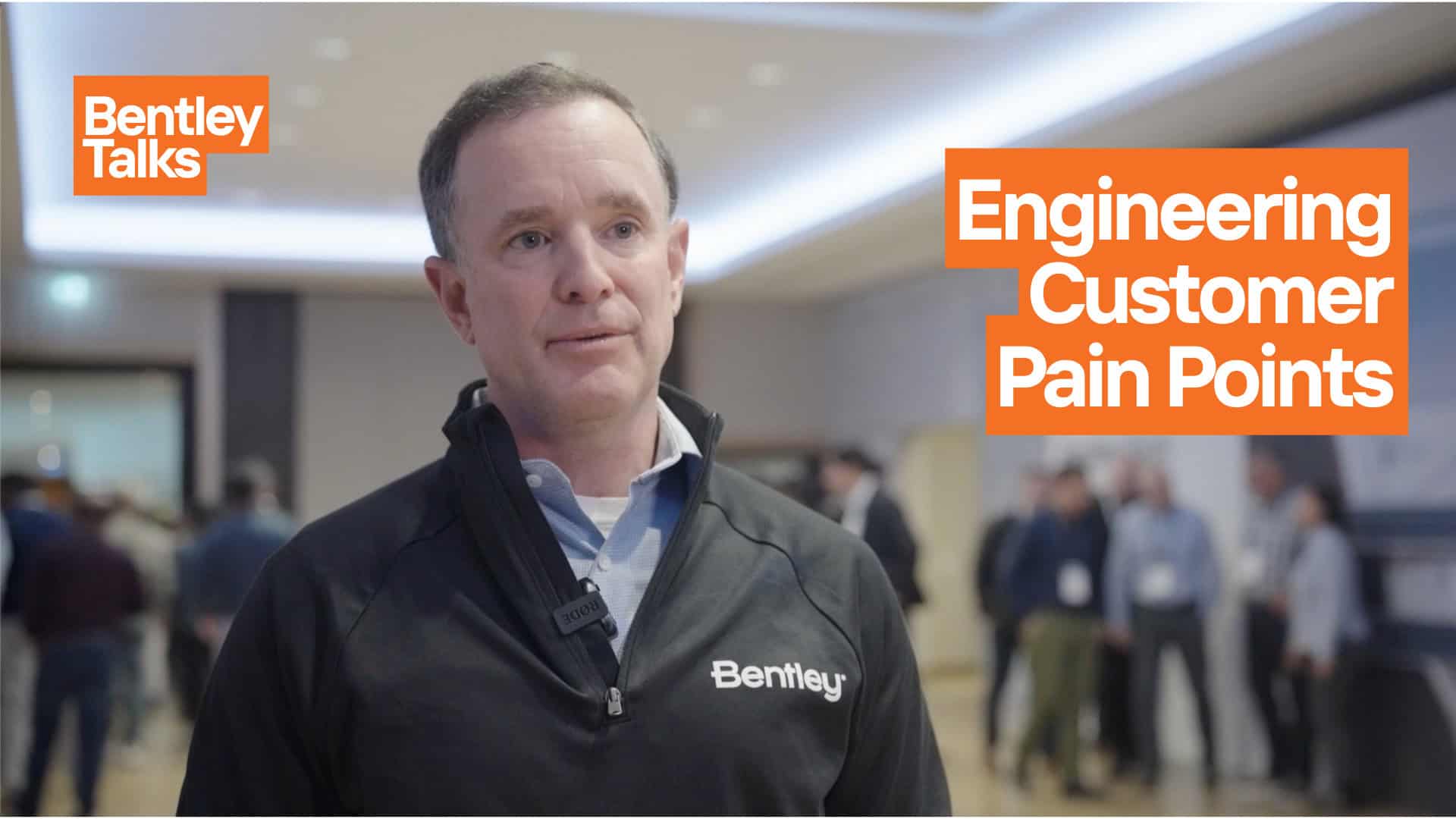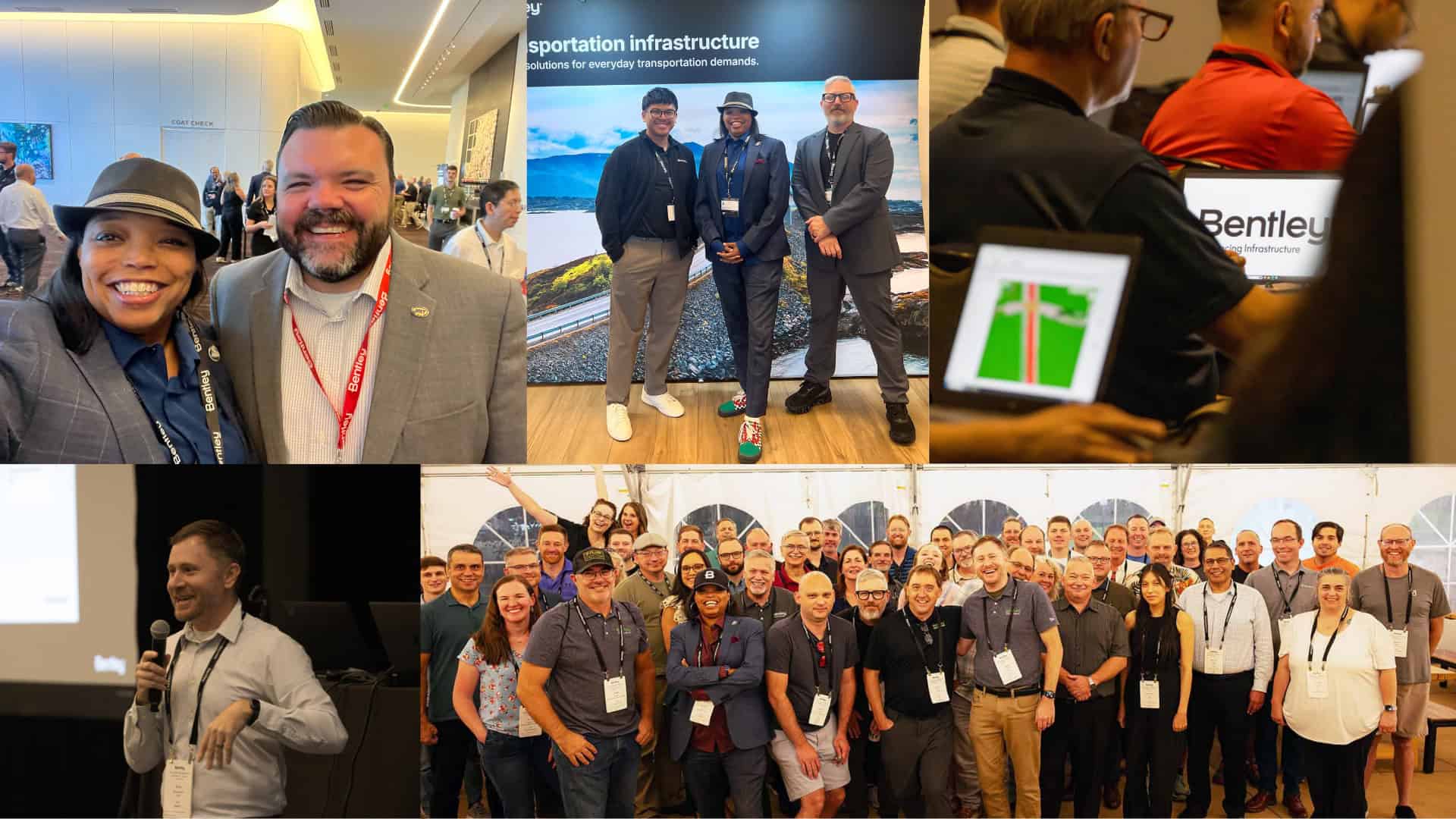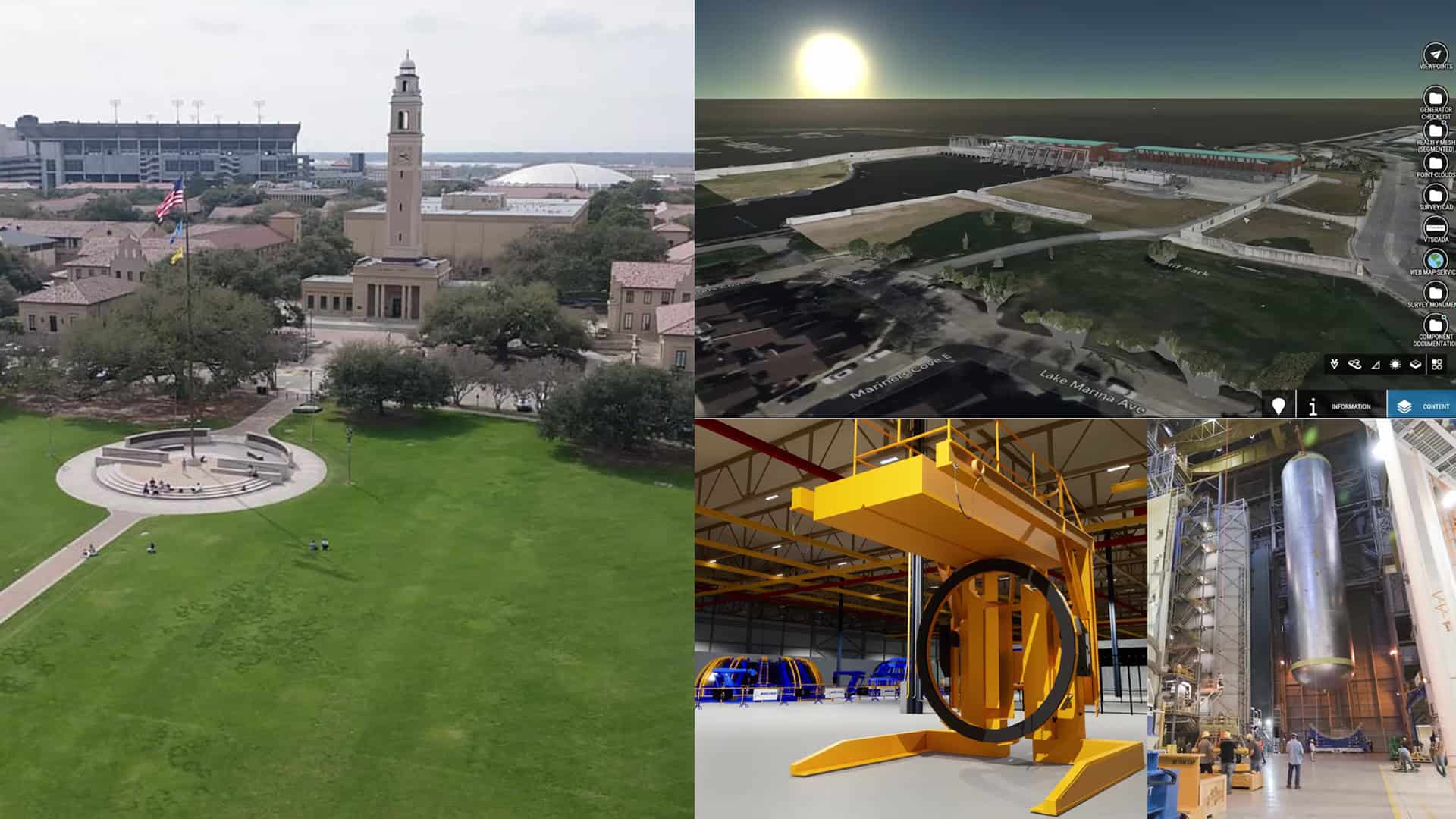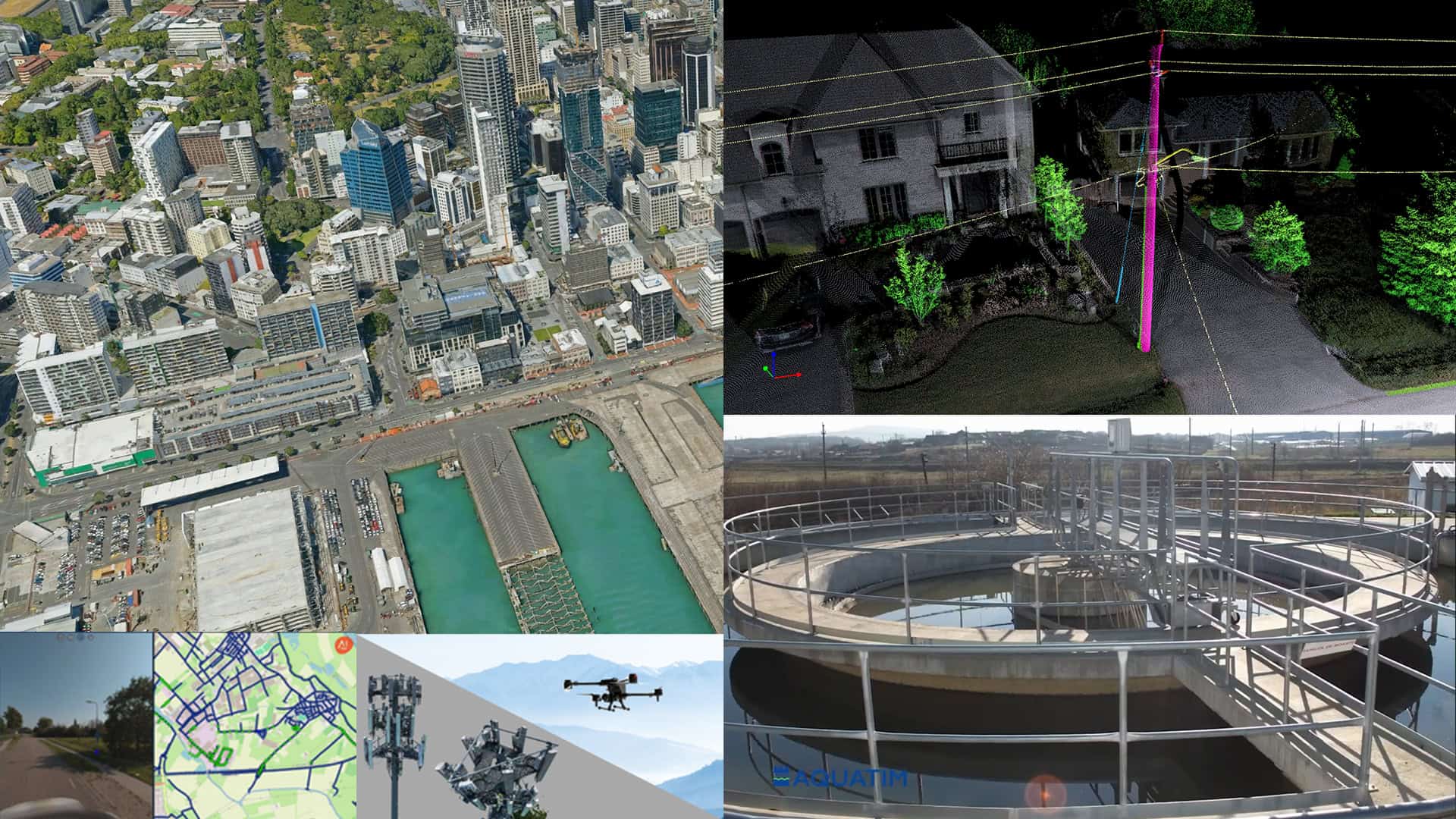The United Nations calls climate change primarily a water crisis, bringing too much or too little water to the wrong places at the wrong time. Spain’s Valencia province is the latest example. Weeks after deadly flooding swept away bridges and buildings, tens of thousands of volunteers are still digging out their towns and shoveling tons of brown sludge from their streets.
This water-related strife can strike in different ways: as ferocious rain and flooding, like it has in the Mediterranean, or prolonged drought like in North America and Central Asia. Numerous studies warn that as the Earth’s climate changes, extreme weather events will become Read our colleague’s first-hand account of experiencing the fragility of vital infrastructure during devastating flooding in Asheville, North Carolina.)
“No country is spared,” UN Secretary General António Guterres said in his sobering address to world leaders at the 29th UN Climate Change conference (COP29) in the Azerbaijani capital of Baku on November 12. “Unless emissions plummet and adaptation soars, every economy will face far greater fury.”
Rodrigo Fernandes understands this well. As the director of Empowering Sustainable Development Goals (ES(D)G) at Bentley Systems, a global leader in infrastructure engineering software, he is currently in Baku with his Bentley colleagues. He says advanced digital solutions, including AI and digital twins—virtual models of roads, bridges and other real-world assets—can help “climate proof” the world’s cities and infrastructure. “In many cases, infrastructure owners have a lot of data about their assets, but it’s siloed, which means that they aren’t extracting information from the data and getting the insights they need,” he says.
Fernandes recommends that along with devising a robust digital strategy for their, say, water and power systems, governments and other infrastructure owners must embrace open data ecosystems and collaborative approaches to using technology. They also need to adopt sustainable financing mechanisms empowered by this data-driven approach because of its potential to better quantify, measure and act on climate change. (Bentley recently launched carbon analysis capabilities for infrastructure projects. Find out more here.)
Addressing adaptation challenges in the developing world will require close to $360 billion per year of proactive investment this decade alone, according a new UN report. Much of that investment will go into the world’s ageing infrastructure, Fernandes says. He estimates that about 85% to 95% of our infrastructure that already exists today will be around in 2050. “If you want to extend its lifecycle, increase its efficiency and ensure it is climate-resilient, you’ll need the ability to repair, inspect, monitor, and warn in real-time,” he says. “We can do that with today’s technologies … but we’ll need to think big, prove small and scale fast.”
Here are some projects that show in action Bentley’s technology and its potential to aid adaptation.
On the waterfront
In New York City, Two Bridges is a bustling neighborhood on Manhattan’s waterfront that begins below the Brooklyn Bridge and ends just south of Corlears Hook. (This is also where Moby Dick protagonist and narrator, Ishmael, begins his memorable voyage.) Historically, the neighborhood has been home to Irish, Italian, Puerto Rican and Chinese immigrants. The area is also along the city’s East River and vulnerable to a 100-year storm surge, which could deluge the neighborhood and endanger its residents.
To protect the area, New York City commissioned the Brooklyn Bridge-Montgomery Coastal Resilience (BBMCR) project. The project is part of the Big U proposal, which seeks to build a 10-mile-long protective system around the tip of Manhattan. BBMCR relies on flood walls and special flip-up barriers that remain hidden until a storm strikes. Designing the barriers in a dense urban setting was no easy task.
The city’s Department of Design and Construction retained the engineering firm Greenman-Pedersen Inc. (GPI) to help optimize the construction process. GPI engineers used Bentley software to build a digital model of the project to improve collaboration, streamline planning and construction, and even reduce the barrier’s total carbon footprint. “From a leadership perspective, you need to have vision of what you want to achieve and a digital strategy,” Fernandes says. “And to ensure collaboration, you need interoperability of data and systems.”
Bridges over troubled water
In the southern U.S., historic floods swept through eastern Kentucky in 2022, claiming more than 40 lives and devastating homes, roads and bridges. The state faced a daunting task in recovery. For many people with homes nestled in the region’s narrow valleys and steep hillsides, bridges are often a lifeline to the outside world.
Recovery moved faster thanks to the Kentucky Transportation Cabinet’s Bridging Kentucky initiative. The program, launched in 2018 and supported by the Federal Highway Administration, seeks to repair over a thousand aging bridges statewide. Using traditional methods, the initiative would have taken years and cost over $700 million. Instead, the engineering firm Qk4 turned to advanced technology—using drones, 3D laser scanning and Bentley’s software—to create digital twins of bridges. These detailed digital replicas allowed engineers and construction crews to speed up design and improve planning, cutting costs by nearly half and slashing survey time by 90%.
This efficiency proved critical in the wake of the 2022 floods. Within weeks, more than 50 damaged bridges were replaced, restoring vital connections for rural communities. Along with saving money, the initiative helped reopen roads quicker because the bridges were made sturdier for school buses, emergency responders and commuters—ensuring not just recovery but resilience.
All hands to the pump
In China, it’s hard to miss a new pumping gate which sits at the confluence of the Xinchuansha River channel and the vast Yangtze River estuary about 40 kilometers north of Shanghai. The facility, with a capacity to move 90 cubic meters of water per second, boasts a futuristic façade and distinctive dome, all supported by several decorative concrete buttresses. Engineers used Bentley software to design and build the facility’s new pump gate hub, which includes a two-way pumping station, restraining gate and multifaceted river improvement project. The software helped them connect the project’s data, build a 3D model of the complex design, and allow all participants and stakeholders to work collaboratively on different parts of the project at the same time. Next, they integrated the design model into the construction site model, ensuring that construction would run smoothly. The model allowed them to track the project and the surrounding areas through the entire lifecycle. The technology allowed Shanghai Water Engineering to resolve several construction process clashes, reduce rework, cut costs, and shorten the construction schedule, among other things.
Highwire act
In summer 2022, the utility Evergy faced a multipronged crisis. While carrying out routine maintenance in the central U.S., technicians discovered that one of its high-voltage transmission towers in Missouri had suffered flood damage. The steel tower was also a key node in the supply of power to local hospitals.
Just like engineers in Kentucky, Evergy decided to send in drones. The aerial vehicles equipped with cameras hovered next to the structures and captured thousands of close-up images of the tower. Engineers then used Bentley software to analyze the high-definition images and create a digital twin of the damaged tower. “Digital twins can help to plan, to schedule, to collaborate, to exchange information, to increase safety and ensure that you minimize resources, whether that’s money, people, time or carbon footprint,” Fernandes says. “In this case, they saved the need for scores of humans on ropes carrying out manual inspections.” Evergy avoided weeks of painstaking ground-based surveys and a prolonged outage, ensuring uninterrupted power to the region’s hospitals and fully stabilizing the structure within two months.
